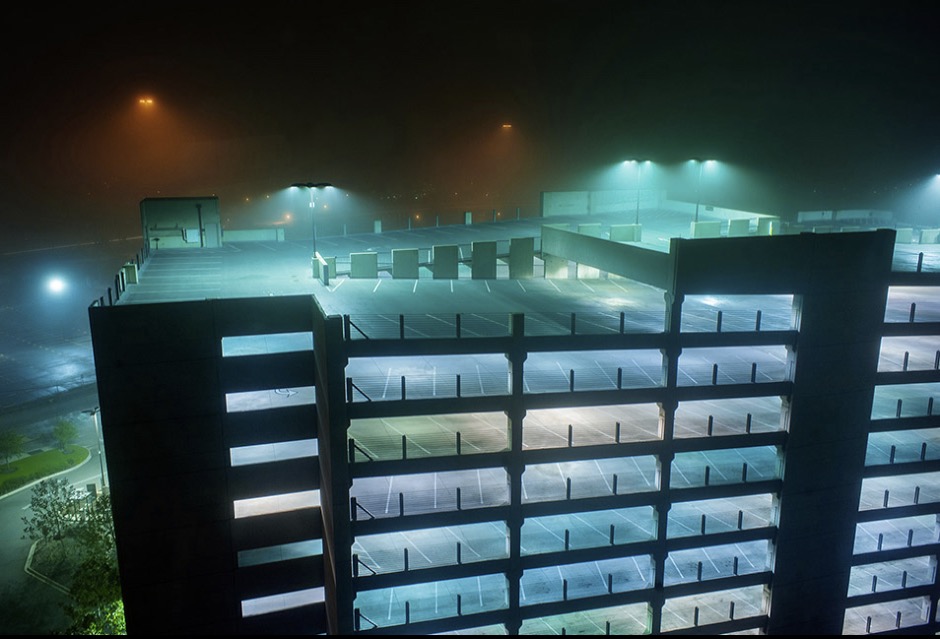I have continued to ruminate about the theme of narrative and how this is created photographically throughout this module, as well as trying to find answers in the work of other practitioners. Aside, from the challenges that have presented themselves over the last three months away from the course, this subject has been the most difficult for me to grasp and then relate to my own work.
I have found myself increasingly uninterested in the work I’ve been making, at least in the way that I’ve previously produced it. I realised that I’d become frustrated with a sense of repetition and of being in a visual rut. Towards the end of the previous module I started to realise that it would not be possible to elevate my work without a closer focus on the intention behind the work and the way this was then translated into the image itself.
I think I have a clearer idea of what visual narrative is now, particularly having reflected on how other practitioners manage to capture your attention and challenge your imagination with their work.
I’ve spent a lot of time looking at the work of Gregory Crewdson recently, the Twilight and Cathedral of the Pines projects in particular.
The work of Gregory Crewdson, from Twilight
Aside from the beauty and elaborate complexity of his images, the thing that strikes me most about his work is the fact that each image provokes a question (often many). What happened here? Where are her clothes? How could that have gotten there? There is always a sense of transience, being invited into the space between events that have just occurred and those that are about to take place.
These questions oblige you to stay with the image, searching for the answer. When, as is almost always the case, the answer isn’t immediately apparent in the photograph you are transported to your imagination or to speculation to look for it. Either way the image has captivated you and taken you beyond the immediate fact of looking at a two-dimensional representation on a screen or in a book. These unanswered questions are everywhere in Crewdson’s work, often provoked by the simplest of small details. When I saw his work at The Photographer’s Gallery last year I was intrigued by how almost all his interior shots included a half empty glass of water somewhere in the frame. It’s a motif that is too consistent to be a coincidence, and it fascinates me even now…
The half empty glass of water on the bedside table...an intriguing element of many of Crewdson's images. This, from Cathedral of the Pines
Why are they there? What do they mean?
The ability to provoke these questions in the viewer is key to creating narrative I think.
The ability to provoke questions is also seen in the work of Lynne Cohen, who achieves this despite almost exclusively shooting empty interior spaces. Her work asks you to consider the actions of people on their environment and surroundings, to consider their activities and behaviours and how they connect to our own, in spaces that we all inhabit.
The work of Lynne Cohen
Similarly, the work of Lynn Saville in the US (primarily New York City) and Rut Blees Luxemburg (most notably in London) asks us to consider how we respond to our urban spaces and how these environments reflect our behaviours and our concerns. The fact that they both use the night as a key part of their visual toolbox is of course particularly interesting to me. Again, without including people in much of their work, they invite questions about the world we inhabit and thus require the viewer to engage with their work and with themselves.
Aplomb St Pauls by Rut Blees Luxemburg,
Parking Garage, Houston, Texas by Lynn Saville
A further lesson about narrative has occurred to me following a recent visit to the Gursky exhibition currently showing at the Hayward Gallery. I was not very familiar with Andreas Gursky’s work prior to visiting this show, but seeing his work you can’t help but be confronted by his vision and the consistency of that vision throughout his career. His work, to me at least, seems to repeatedly explore the behaviour of humans, their interaction with space, and the way we see. It struck me that he has adhered to a set of technical and conceptual ideas throughout his career, and in doing so the underlying motivation of the work becomes clearer.
The Gursky exhibition at Hayward Gallery
By this I mean that one who devotes their career to exploring a particular subject compiles a body of work that in total communicates much more clearly than someone who makes a small project on the same topic. This consistency of thought is one way that narrative is created I think, by the repetitive consideration of an idea from various angles and perspectives, showing it in different forms and contexts…this ultimately builds into an eloquent story.
Again, relating this back to my own work, I feel that my interest in solitude and urban life is not exhausted by any means. There are so many facets of this issue that remain to be explored and this allows me to envisage how my work will develop beyond the MA. The consistency of vision is not something to be underestimated or devalued, but will hopefully become a key pillar in my work that ultimately results in a more articulate whole, regardless of what other work I also go on to produce. Along with the idea of trying to create questions with my work and leaving enough space for imagination to expand the scope of the image, I think I have enough to be moving forward with.
References:
THIS IS LOCAL LONDON. 2015. ‘London Dust exhibition featuring Rut Blees Luxemburg photos opens at Museum of London’. This is Local London [online]. Available at: http://www.thisislocallondon.co.uk/news/12927124.7_arresting_images_showing_London_s_changing_financial_district/[accessed 19 April 2018].





